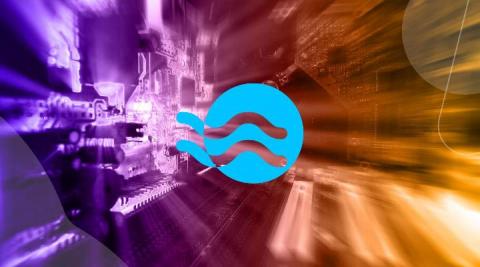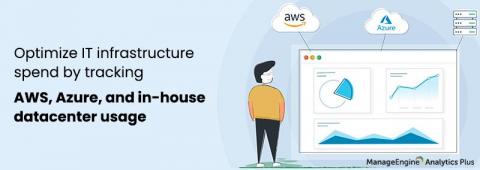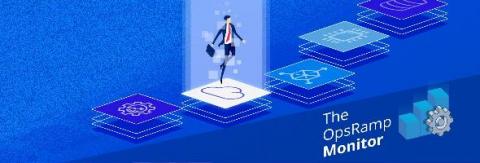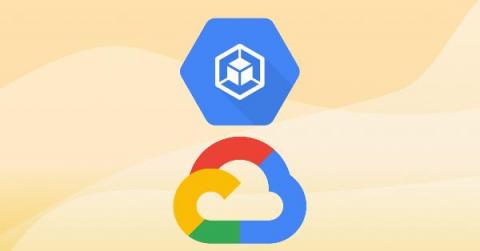Operations | Monitoring | ITSM | DevOps | Cloud
Latest News
Enterprises that halted IT cloud migrations have been hit with 2.5x outages during global pandemic, new research highlights
Survey respondents who continued their cloud journey experienced less IT performance issues—Virtana and Enterprise Management Associates (EMA) to present full survey findings during June 25th webinar
Three Ways Federal Agencies Can Manage and Secure Their Hybrid Data Centers
Prevent and Detect Threats Across Multi-Cloud Environments
The cloud has become ubiquitous in all we do, and the line between the perimeter and the cloud continues to shrink as most enterprise organizations are looking to shift their cloud strategy to a multi-cloud approach. Moving to the cloud comes with plenty of benefits like performance optimization, improved reliability and overall cost savings, but cloud adoption is not without its risks and challenges.
EKS simplified on EC2 Graviton2 instances
Amazon Web Services (AWS) and Kubernetes (K8s) have proven to be a powerful combination, with more K8s users also using Amazon Elastic Kubernetes Service (EKS) more than any other Kubernetes managed service. With EKS, users are able to benefit from the agility and scalability of Kubernetes on AWS without having to manage the K8s control plane. Paired with Ocean by Spot, users are able to abstract away infrastructure management as well.
Automating serverless workflows with Amazon EventBridge
Event-driven applications have become the foundation for developing modern digital applications. Application workflows are easier to automate with serverless frameworks, and Amazon EventBridge has revolutionized the way serverless applications are built. Since serverless is the new cool kid in the town, there has been a lot of infrastructure reengineering. This blog describes how alert-driven business logic can automate serverless workflows using Amazon EventBridge.
Infrastructure dashboards: Declutter your monitoring data and ensure you're not overspending
The task of monitoring and managing an entire network, including all the servers and applications that run on it, is by no means easy. With so many components of varying complexity, the volume of performance data coming at you can be overwhelming. This information overload increases the chances of missing data that could help discover performance inefficiencies.
The OpsRamp Monitor: Outage lessons, GCP advantages, IT careers
For IT professionals, an enduring outage is one of the worst things that can happen. There goes your credibility, and here comes the executive team enraged and impatient. Now of course, given the distributed, multi-sourced nature of IT infrastructure, some outages are simply not preventable. The details are still emerging from the June 9th outage on IBM Cloud. ITPro Today interviewed Forrester analyst Dave Bartoletti for some mitigation advice.
Deploying a Containerized App in Google GKE
Because of its popularity and widespread adoption, Kubernetes has become the industry’s de facto for deploying a containerized app. Google Kubernetes Engine (GKE) is Google Cloud Products’ (GCP) managed Kubernetes service. It provides out-of-the-box features such as auto-scaling nodes, high-availability clusters, and automatic upgrades of masters and nodes. In addition, it offers the most convenient cluster setup workflow and the best overall developer experience.
Serverless Logging Performance - Part 1
When thinking about serverless applications, one thing that comes to mind immediately is efficiency. Running code that gets the job done as swiftly and efficiently as possible means you spend less money, which means good coding practices suddenly directly impact your bottom line. How does logging play into this, though? Every logging action your application takes is within the scope of that same performance evaluation.










